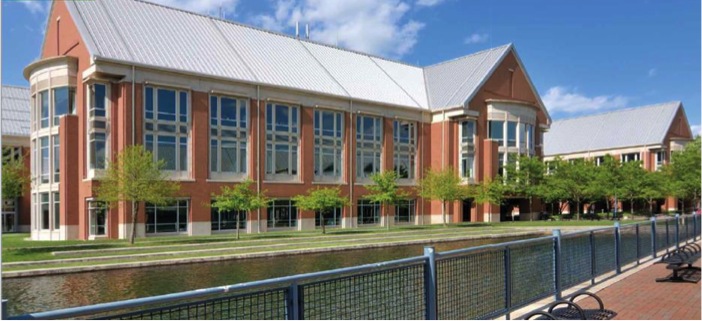BigSur Partners, a multifamily office based in Miami headed by Ignacio Pakciarz and Rafael Iribarren, has completed its eighth Commercial Real Estate transaction in five years. This is the fifth acquisition in the Class A office market. The first acquisition took place in 2009, selling it a year and a half later, and earning an IRR of 30% for its investors. The other properties acquired were an industrial distribution center on the outskirts of Atlanta, Georgia in 2010, 100% of which was leased to General Mills, and a ‘Multifamily’ complex built in 2012 on the outskirts of Dallas-Fort Worth; its acquisition was completed in late 2012.
The latest acquisition is one of the four ‘Pods’ of the Merrill Lynch Campus in Princeton, NJ, which has a covered surface area of 1.8 million square feet. The campus was built in the year 2000 at a total cost of $ 800 million ($ 447/per square foot). Today the campus houses 6,800 employees of Bank of America Merrill Lynch and for the financial institution is an important complex within the private banking sector globally.
BigSur decided five years ago to seek income diversification for its clients and saw an opportunity to take advantage of extremely attractive valuations for what they call “core assets”. What they have been doing since 2009 is looking for investments which are rented with good tenants, in good locations and with the expectation that the yield is achieved by the rental income generated by the properties and not by the potential appreciation of the assets.
Another important decision made by BigSur Partners is to invest jointly and directly with institutional funds in projects personally selected by them, instead of investing through funds or REITS. “What we achieve by this is to offer our clients the option of investing in each property the amount of their choice and they all appreciate this flexibility”, said Rafael Iribarren, founding partner of BigSur.
Although the cost of funding has risen in recent months, BigSur still sees potential in certain sub-markets, although they admit they are seeing fewer projects which are as ‘obvious’ as what they saw two or three years ago. They are currently studying new alternatives for investors who are looking for solid investments which generate fixed incomes with low correlation to the bond market.

